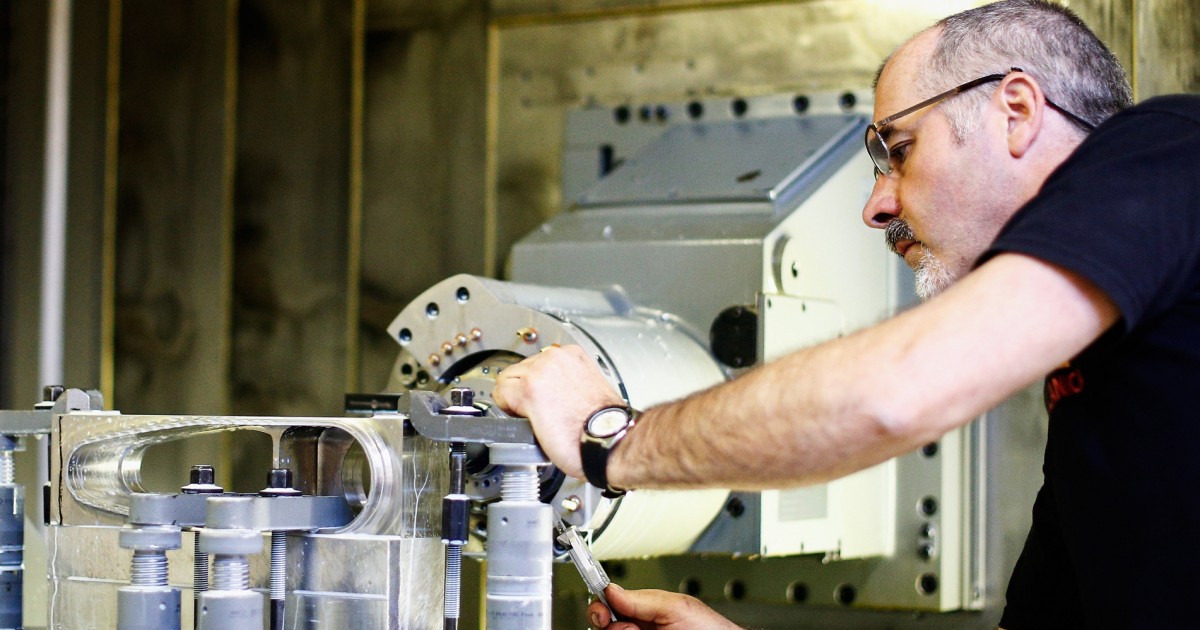
Mechanical Forces
Mechanical forces refer to the physical forces that act on a spacecraft or a satellite during its launch, orbit, and re-entry phases. These forces include the gravitational force, the aerodynamic force, the centripetal force, and the thrust force. The gravitational force is the force that attracts the spacecraft towards the center of the Earth, while the aerodynamic force is the force that opposes the motion of the spacecraft through the atmosphere. The centripetal force is the force that keeps the spacecraft in its orbit around the Earth, and the thrust force is the force that propels the spacecraft forward. Mechanical forces can have a significant impact on the design, operation, and safety of spacecraft and satellites, and engineers must carefully consider these forces when designing and testing space vehicles.
Your Previous Searches
Random Picks
- Guidance: Guidance refers to the process of directing a spacecraft or missile along a desired trajectory. It involves the use of various systems and techniques to ensure that the vehicle stays on course and reaches its intended destination. Guidance ... Read More >>
- Apoapsis: In space and astronautical engineering, apoapsis refers to the point in an orbit that is farthest from the center of mass of the celestial body being orbited. It is one of the two points in an elliptical orbit, the other being the periapsis ... Read More >>
- Segmented Design: Segmented Design is a design approach that breaks down a complex system into smaller, more manageable segments or subsystems. In the context of space and astronautical engineering, Segmented Design is often used in the design of large space ... Read More >>
Top News

A day at Uranus just got 28 seconds longer...
A day at Uranus just got a little longer...
News Source: ABC News on 2025-04-07

SpaceX's Fram2 returns from first-of-its-kind mission around Earth's poles...
The Fram2 mission, paid for and led by a cryptocurrency billionaire who is flying with three guests, has returned after a journey on a unprecedented polar orbit....
News Source: CNN on 2025-04-04

Scientists release plans for an even bigger atom smasher to address the mysterie...
GENEVA — Top minds at the world’s largest atom smasher have released a blueprint for a much bigger successor that could vastly improve research into the remaining enigmas of physics....
News Source: NBC News on 2025-04-01

Scientists release plans for even bigger atom smasher along the French-Swiss bor...
Scientists at the world’s largest atom smasher have released a blueprint for a much bigger successor that could help solve enigmas of physics, starting in the mid-2040s at a cost of about $16 billio...
News Source: ABC News on 2025-04-01

The 'Blaze Star' hasn't exploded yet, but it could soon...
T Coronae Borealis has an outburst every 79 to 80 years, according to NASA....
News Source: ABC News on 2025-03-28